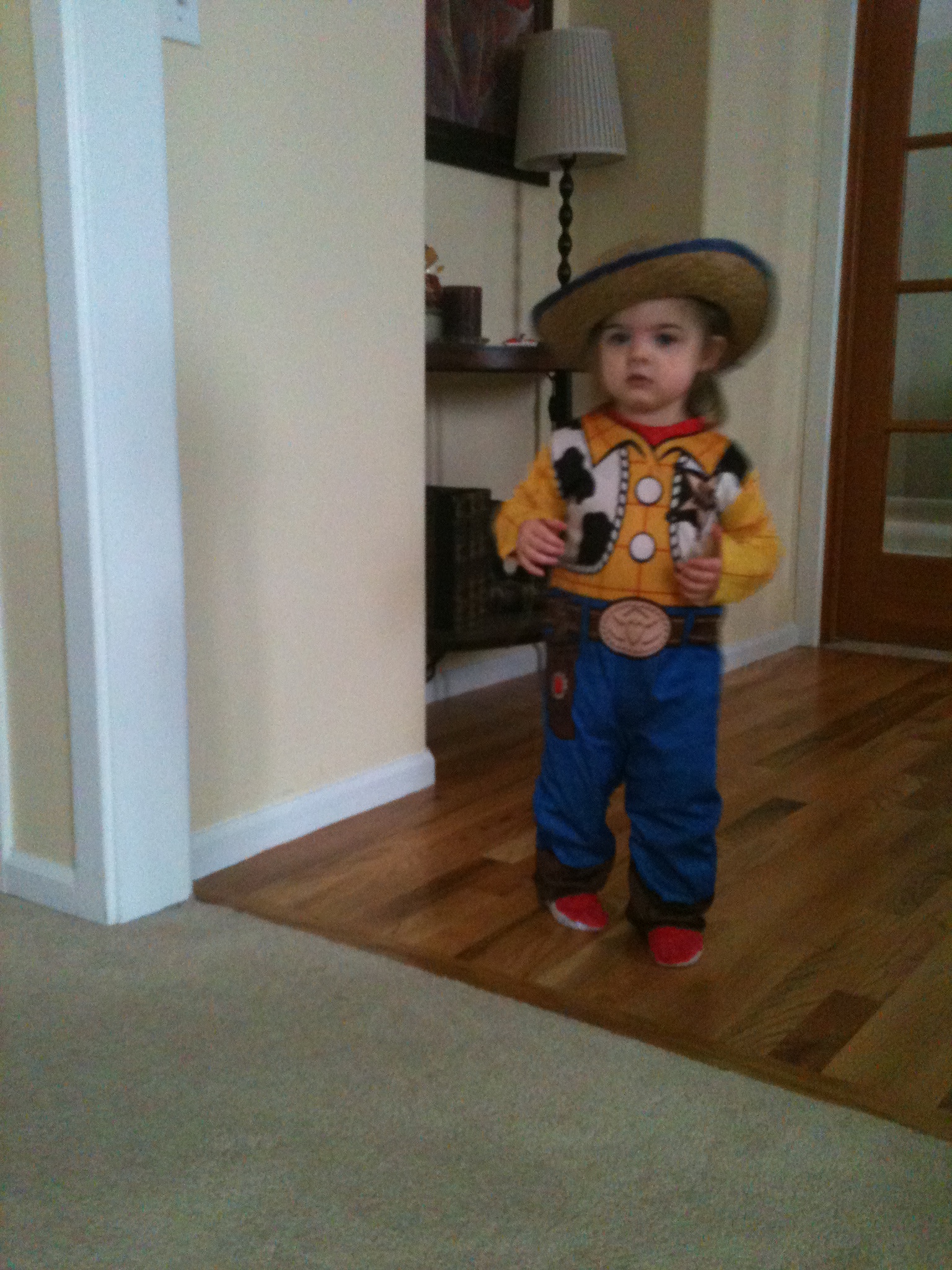Are you a school teacher who is planning to before you finalize a playgroup for kids ? There are several ideas you will get but there is a need to select the one that best suits the goals. Kids of the playgroup are at a learning stage in which they should be provided with the right opportunities to maximize their learning. Apart from providing the equipment, it is essential to create an effective and stimulating surrounding as well. For this purpose, here are some ideas to consider for decorating kids playgroup:
Furniture:
As the goal is to create a stimulating environment, the furniture of the playgroup must have all the essentials in it. Comfortable furniture plays a major role in the comfort ability of the kids. If they are comfortable spending time in the playgroup, they will be able to concentrate in an effective way. On the other hand, if the furniture is not comfortable, kids will fail to set their attention towards a specified direction.
Wall decorations:
The next important thing to consider is the wall decorations of the classroom. Interestingly decorative walls can contribute to the better performance of the kids. As they will be looking at different images and pictures on the wall, it will be easier for them to sit and spend a lot of time without getting bored. There are several ideas that can be considered to decorate the walls of the classroom. A great tip is to decorate the wall with the creativities and master pieces of the children. Apart from that, you can spare some space for alphabets or images that will help in the learning procedure of the kids.
Play area:
The next thing that must be included in the kids playgroup interior is the play area. This is what they need the most. A play area within the classroom is essential for inspiring the creativity and imagination of the kids. However, make sure the environment and surroundings of this play area are stimulating and friendly. Also, there should be no shortage of space. Within this area, teachers will be able to encourage students in participating in various activities. This play area can also provide opportunities for the kids to socialize with each other and play at the same time.

Incorporation of decorative supplies:
The next idea that can make a classroom of the kids playgroup much more interesting is the inclusion of decorative supplies. With these supplies, they will be able to engage themselves with a variety of material. As a result, their learning will increase. There are several options of decorative supplies that can be used within the classroom.
The range includes posters, oversized calendars, pocket charts, storage cabinets and bulletin boards. However, it must be noted here that the inclusion of decorative supplies must be done in accordance with the size of the classroom. Oversized and over stuffing will make the area a boring place. Also, the kids will not be able to move freely into the classroom.
Organize the decorations:
There is a lot that can be done if the planning is effective. A teacher will have the liberty to use the decorations in a class room along with the proper organization. For example, a type of equipment can be used which is decorative and has the ability to organize the things at the same time. This is a great way to do two important tasks at one time.
The kids playgroup needs to be decorated in a way that it encourages the learning of kids.

As a children educator, I pride myself in acquiring various knowledge and methods in order to cultivate the next generation of leaders for our society. As such, I enjoy writing to share my expertise with parents and guardians that are concerned about the development of their children. This platform records my sharing and love for the little ones around me. Hope you enjoy reading!


 III. Emphasis on creating community. The best camps teach kids on how to get along with others and grow in their ability to be good students and citizens. These camps have the most comprehensive experiences for all toddlers. The other major hallmark of a good summer enrichment camp is a focus on scholarship. That’s because it tends to be the central focus of enrichment for most schools around the country.
III. Emphasis on creating community. The best camps teach kids on how to get along with others and grow in their ability to be good students and citizens. These camps have the most comprehensive experiences for all toddlers. The other major hallmark of a good summer enrichment camp is a focus on scholarship. That’s because it tends to be the central focus of enrichment for most schools around the country.